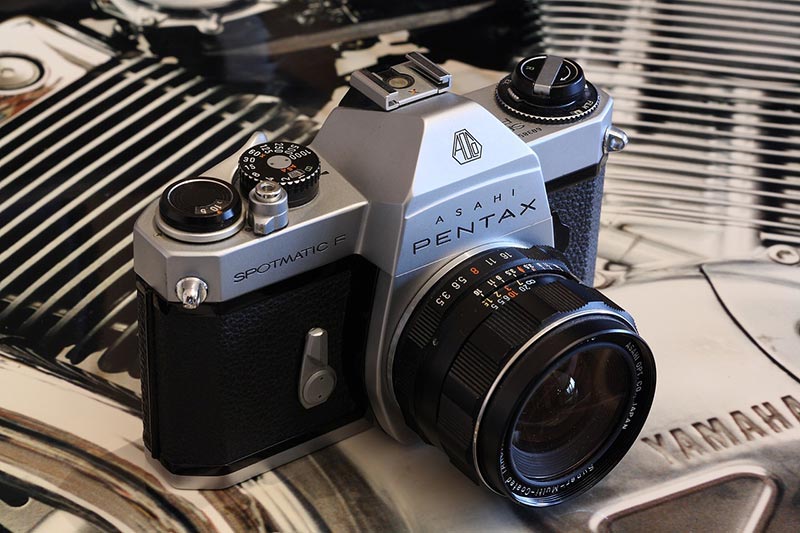What Does SLR Mean? Pros, Cons, & Differences
Last Updated on

Whether you’re a beginner or a professional photographer, it’s almost a guarantee that you’ve heard of the term SLR camera. But what does the SLR stand for? That’s a good question, as it can help us understand the functions and meanings behind our equipment.
The term “SLR” is an abbreviation for single-lens reflex. In this case, it would refer to a single-lens reflex camera. That means that the camera body opens a mirror to capture light and take photos. You might’ve heard of a mirrorless camera as well; mirrorless cameras do not have this mirror (hence the name) unlike an SLR.
Read on to learn more!

What’s the Difference Between a DSLR and an SLR?
A DSLR might sound similar to an SLR, as they both are single-lens reflex cameras. However, the “D” in DSLR stands for digital. Digital SLR cameras are a newer technology that allows for more advanced functionality. They can control exposures manually, and have a screen to let you check a preview of the photos you’ve taken. This has become a huge benefit over film cameras, as you do not need to spend money on film or worry about it running out. Plus, you don’t need to bring them to a film lab to get your images processed.
SLR cameras, on the other hand, have interchangeable lenses and are film cameras. They’re the old-school tools that you won’t find unless you visit a dedicated camera retailer or find them at a yard sale. Many people love the look, feel, and process of using a film camera, so the hobby is still alive. With that said, they are much less popular today due to the rise of digital photography.

What Are the Advantages of SLR Cameras?
One of the biggest reasons people prefer film cameras is due to the film itself. Having physical film to deal with makes photographers focus entirely on their composition and craft because they have a limited number of shots they can take before running out of film material. Digital bodies generally make it easy to take hundreds of photos at a time, so this leads many to believe that less care is taken for each photo.
Put it this way—if you had just three chances to take the best images possible on a once-in-a-lifetime trip, you would be very precarious with each picture you take. Messing up would be a massive disappointment!
Another good thing about SLRs is that you can swap lenses and utilize different focal lengths for various situations. Compared to a point-and-shoot camera, this is a big upgrade.
What Are the Disadvantages of SLR Cameras?
As we mentioned above, those few chances you get are also a disadvantage. You may go to many locations or want to take a lot of photographs at once—but you’ll be stuck with that limitation. SLR cameras are quite heavy and bulky compared to our new technology, which can make it a hassle to bring around every day.

Conclusion
Funny enough, SLRs are very expensive. You might think that a modern mirrorless or DSLR is something only wealthy people can afford, but due to the film aspect of SLR cameras, you’ll have to pay a lot of money for replacing your old film, as well as get the film processed at special labs that are mostly found in photography stores. These stores are not easy or available to find for most people.
Featured Image Credit: 2427999, Pixabay
About the Author Robert Sparks
Robert’s obsession with all things optical started early in life, when his optician father would bring home prototypes for Robert to play with. Nowadays, Robert is dedicated to helping others find the right optics for their needs. His hobbies include astronomy, astrophysics, and model building. Originally from Newark, NJ, he resides in Santa Fe, New Mexico, where the nighttime skies are filled with glittering stars.
Related Articles:
How to Clean a Refractor Telescope: Step-by-Step Guide
How to Clean a Telescope Eyepiece: Step-by-Step Guide
How to Clean a Rifle Scope: 8 Expert Tips
Monocular vs Telescope: Differences Explained (With Pictures)
What Is a Monocular Used For? 8 Common Functions
How to Clean a Telescope Mirror: 8 Expert Tips
Brightfield vs Phase Contrast Microscopy: The Differences Explained
SkyCamHD Drone Review: Pros, Cons, FAQ, & Verdict
